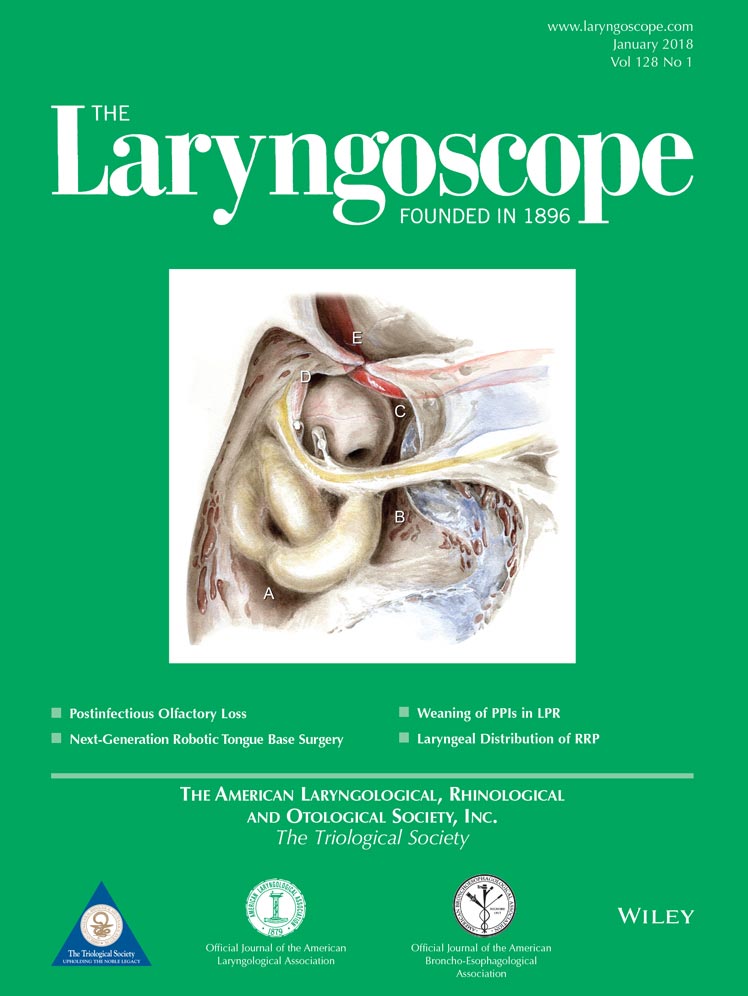Constructing a patient-specific computer model of the upper airway in sleep apnea patients
Institution where work was performed: Western University in London, Ontario, Canada.
Presented at the Triological Society Combined Sections Meeting, New Orleans, Louisiana, U.S.A., January 20, 2017.
This study was funded by a Lawson Health Research Institute Internal Grant. The authors have no other funding, financial relationships, or conflicts of interest to disclose.
Abstract
Objective
The use of computer simulation to develop a high-fidelity model has been proposed as a novel and cost-effective alternative to help guide therapeutic intervention in sleep apnea surgery. We describe a computer model based on patient-specific anatomy of obstructive sleep apnea (OSA) subjects wherein the percentage and sites of upper airway collapse are compared to findings on drug-induced sleep endoscopy (DISE).
Study Design
Basic science computer model generation.
Methods
Three-dimensional finite element techniques were undertaken for model development in a pilot study of four OSA patients. Magnetic resonance imaging was used to capture patient anatomy and software employed to outline critical anatomical structures. A finite-element mesh was applied to the volume enclosed by each structure. Linear and hyperelastic soft-tissue properties for various subsites (tonsils, uvula, soft palate, and tongue base) were derived using an inverse finite-element technique from surgical specimens. Each model underwent computer simulation to determine the degree of displacement on various structures within the upper airway, and these findings were compared to DISE exams performed on the four study patients.
Results
Computer simulation predictions for percentage of airway collapse and site of maximal collapse show agreement with observed results seen on endoscopic visualization.
Conclusion
Modeling the upper airway in OSA patients is feasible and holds promise in aiding patient-specific surgical treatment.
Level of Evidence
NA. Laryngoscope, 128:277–282, 2018




